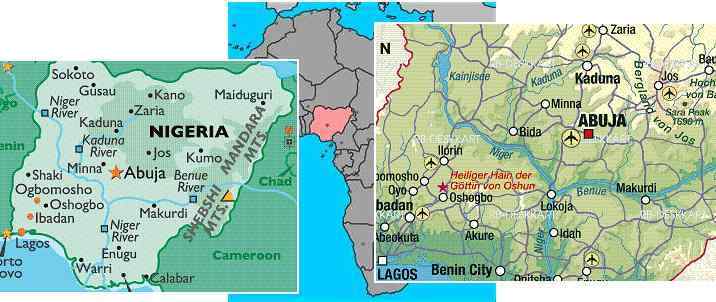
| |
 |
![]()
Hurricanes and monsoons develop along the Equator for a reason, this being not only the warm ocean currents but also the effect the turning Earth has on water and air along the Equator, where it is pulled outward due to centrifugal force, and curled round back to areas to the north and south of the Equator where there is less pressure. During the hour of the shift, the splitting Atlantic will create a draw, pulling the cold water from the south pole up toward the lands of Equatorial Africa which jut out creating a barrier. The land will slide first east, while the Atlantic rips, then north somewhat as the globe tips, then south as the Pacific compresses and the Atlantic rips freely. This will cause the atmosphere, dry from the deserts inland, to rush first out into the Atlantic Ocean, where they will pick up an immense amount of moisture, being super heated from the inland deserts, thence encounter cold air coming from the north during the brief drag north, where the supermoist air will start to condense, then be driven at hurricane force over the lands jutting out into this mix, such as Ghana, where the water will dump. In the Atlantic Ocean, likewise, the water will first be drawn toward the South Pole as rotation stops for a week, thence to pulled back into the void formed by the ripping Atlantic, causing great swirls and down drafts that will take down any hapless boats afloat. The combination of swirling water and air will create more of a deluge inland, washing all along the rivers out to sea and a quick drowning. Survivors are advised to go well inland, several hundred miles from the coast, to avoid such a fate. Afterwards, due to Africa's relatively high land and advantageous position stretched out along the new Equator, those living near the coast will find living temperate and ocean fishing a good source of food.
ZetaTalk ™
We have warned that during the hour of the pole shift, that the curve cut into the African continent, centered at Nigeria, will encounter storms beyond any the populace can imagine. Being 100 miles inland and 200 feet above sea level, the normal guidelines, is not sufficient! One should be several hundred miles inland, and well out of any river bottom land that will drain the torrential rains that will afflict this curve along the African coast. The 7 of 10 rip of the south Atlantic will not result in such storms, as it is the crustal shift, combined with the prior rotation stoppage, that gives such storms the opportunity to form. The pole shift tides, however, will be trapped by the curve along the African coast and have nowhere else to go but inland, up the Niger and Benue rivers. This will ultimately flood the entire southern part of Nigeria, before draining.
ZetaTalk ™ September 24, 2011
